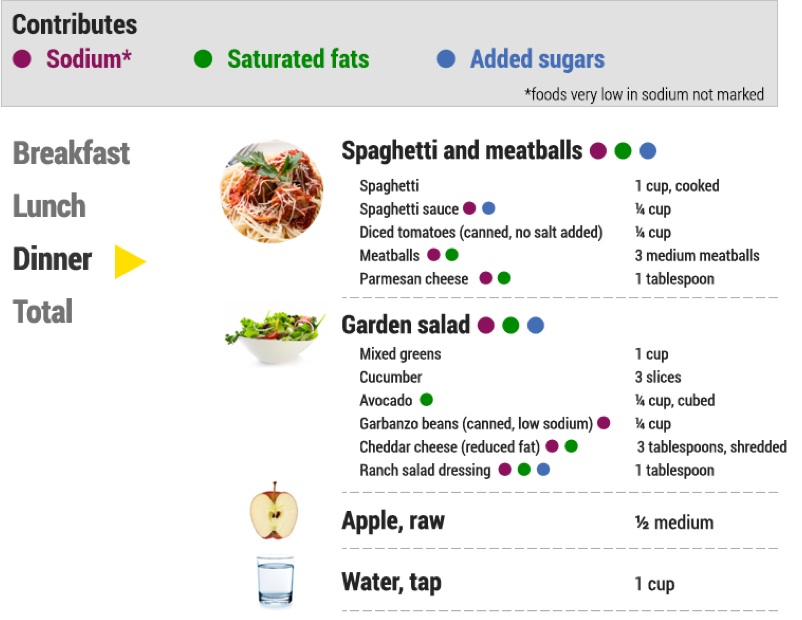Every 5 years, the USDA releases dietary guidelines to help Americans indulge in a more balanced diet. Amazing, right? However, the guidelines are very technical because they’re primarily written for policymakers and health professionals and not people like you and me.
The 2015-2020 Dietary Guidelines for Americans is 174 pages long and is focused on 5 major keys *DJ Khaled voice* of healthy eating. Each guideline’s purpose is to help us, as a community, become more educated about our eating habits, and to help us make shifts in our diet accordingly. Luckily for you, I had to read it for one of my nutrition classes, so now you don’t have to. Here’s the breakdown.
1. Follow a healthy eating pattern across your lifespan.

Photo courtesy of @rawveganblonde on Instagram
First of all, it’s really important to understand what an “eating pattern” is, because the USDA uses the term frequently throughout these new guidelines. They emphasize that we need to keep in mind that everything we eat and drink counts toward our eating patterns.
It’s also important to keep these patterns consistent throughout our entire lifespan, not just as a kid nor just as an adult. Womp, womp, womp. In other words, it means that college students also have to eat healthy… or at least, from time to time. But I promise it isn’t that hard, especially when you have people to take you through it step by step.
2. Focus on variety, nutrient density and amount.

Photo by Luna Zhang
Nutrient density and amount? This simply means that we need to be eating more foods that will help meet our nutrient needs within the recommended calorie intake. Not just more fruits and veggies, but also more whole grains, lean meats, low and fat-free dairy, and all of those good oils. Start planning meals packed full with all the required nutrients with easy recipes like these.
3. Limit calories from added sugars and saturated fats and reduce sodium intake.

Photo courtesy of USDA Dietary Guidelines
As a population, we have consumed more added sugars, saturated fats, and sodium in the past few years then ever before. You know what else has skyrocketed? Obesity. Cardio vascular disease. Diabetes. You do the math. So, before you indulge in another one of those cupcakes you just can’t seem to resist, read up on the war on sugar first.
4. Shift to healthier food and beverage choices.

Photo courtesy of USDA Dietary Guidelines
Not only do we have to decrease our intake of all the “bad” foods, but we need to increase our intake of food that is packed full of nutrients. This section of the guidelines gives recommendations on small shifts you can make easily in your everyday life to help you meet your daily nutrient requirements, without exceeding the calorie limit.
5. Support healthy eating patterns for all.

Photo courtesy of USDA Dietary Guidelines
Nutrient dense food for all — no matter where (or who) you are. It’s critical for schools, businesses and communities to encourage healthy eating patterns. There are already a handful of businesses that encourage healthy patterns, however there are still many that don’t.
The USDA provides tips on how communities can promote physical activity such as walking meetings or stipends for sports equipment. We can change our eating patterns individually, but there’s no doubt that it makes it a hell of a lot easier when we are all trying to improve as a community.

